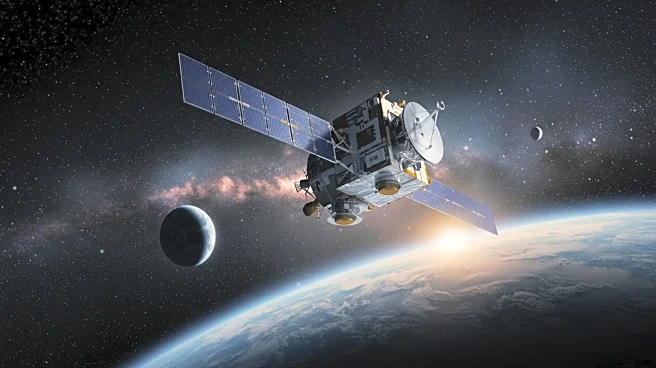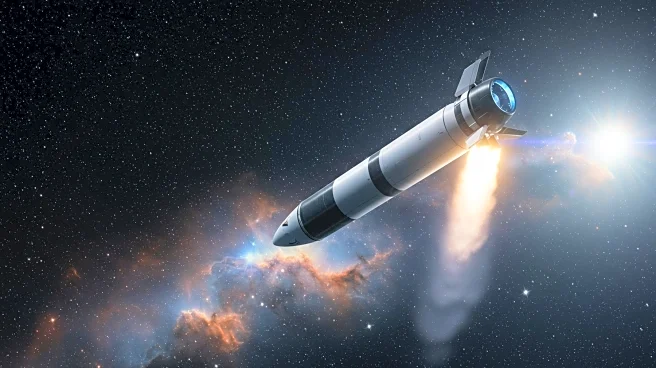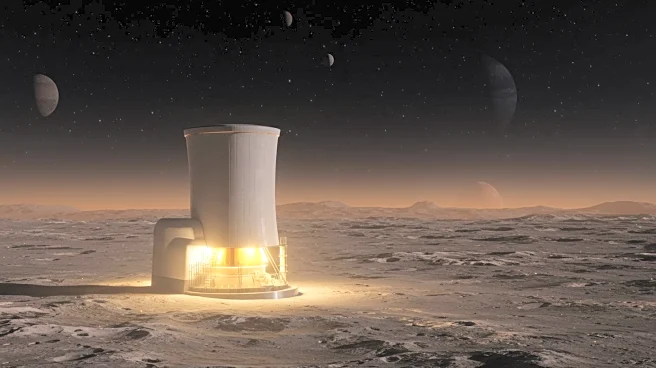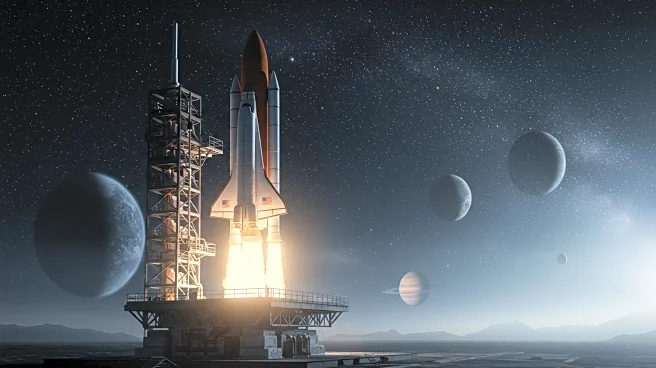Rapid Read • 7 min read
NASA has developed a new metal alloy, GRX-810, designed for 3D printing parts that can withstand the extreme temperatures of rocket engines. This innovation addresses the limitations of additive manufacturing, which previously relied on expensive metal alloys for engine components. The GRX-810 alloy, created by NASA's Glenn Research Center, includes nickel, cobalt, and chromium, and features a ceramic oxide coating that enhances heat resistance. The alloy's development involved a resonant acoustic mixing technique, which evenly coats metal particles with oxide, ensuring durability even when reused. Elementum 3D, a company based in Erie, Colorado, holds a co-exclusive license for the alloy and is working with NASA to improve the material. The alloy is being tested for various applications, including flow sensors that could enhance airplane fuel efficiency and reduce emissions.
AD
The development of GRX-810 represents a significant advancement in materials science, particularly for industries reliant on high-temperature applications such as aerospace and aviation. By enabling more affordable and complex 3D printing of engine parts, this alloy could reduce manufacturing costs and improve performance. The potential for GRX-810 to enhance fuel efficiency and reduce emissions in aviation aligns with broader environmental goals. Additionally, the collaboration between NASA and industry partners like Elementum 3D highlights the importance of public-private partnerships in driving technological innovation and supporting the U.S. space economy.
As GRX-810 undergoes further testing, its applications may expand beyond aerospace to other industries requiring high-temperature materials. Companies like Vectoflow are already exploring its use in flow sensors, which could lead to improved engine performance and reduced maintenance costs. Continued collaboration between NASA and industry partners will likely focus on optimizing the alloy's properties and exploring new uses. The success of GRX-810 could encourage further investment in additive manufacturing technologies and materials research.
AD
More Stories You Might Enjoy










